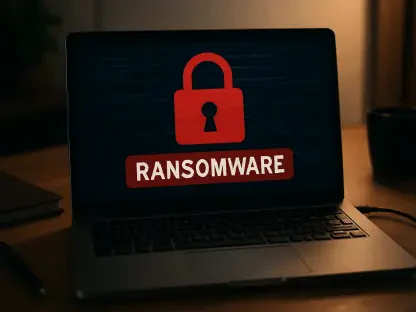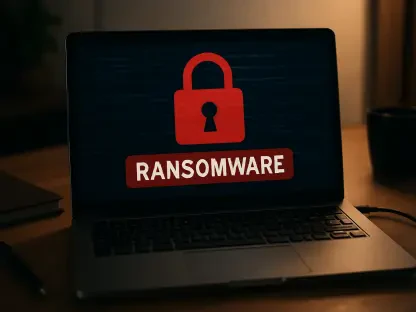The digital age has revolutionized communication, making email an indispensable tool for both personal and professional interactions. However, with this evolution, email security has become a paramount concern, as cybercriminals continuously devise innovative tactics to exploit vulnerabilities. Recent years have seen a surge in phishing and spoofing threats that exploit traditional security lapses, creating significant challenges for organizations across sectors. This roundup delves into expert opinions and insights about the emerging trends and techniques used by attackers, highlighting the urgency for robust email security strategies.
Unraveling the Techniques Behind Malicious Campaigns
Security experts have consistently warned about the threat posed by neglected domains. These forgotten web addresses become valuable assets for cybercriminals, who use them to bypass established email authentication protocols like DKIM, DMARC, and SPF. These protocols aim to verify the authenticity of email origins, but outdated domains often slip through unchecked. Some researchers highlight that this vulnerability has resulted in an increase in malspam instances, leading to significant breaches in numerous organizations.
Meanwhile, reports from cybersecurity professionals underscore the limitations of current email authenticity protocols. These systems were designed to safeguard against standard threats, but attackers have creatively adapted, finding loopholes that permit unauthorized entries. The consensus among cybersecurity analysts is clear: to effectively deter these threats, a reconsideration and enhancement of existing security frameworks is necessary.
HubPhish’s Strategic Intrusions into Key Industries
European industries have not escaped the clutches of sophisticated phishing attacks. HubPhish, a notable cyber threat actor, has honed in on sectors such as automotive and chemical manufacturing, leveraging innovative tactics to penetrate these industries. By misusing popular tools like HubSpot, they create realistic phishing scenarios that deceive employees into revealing sensitive credentials.
The automotive and chemical sectors illustrate the real-world impact of these intrusions, with companies experiencing significant disruptions. Cybersecurity experts suggest that to combat such threats, these industries must remain vigilant, investing in advanced security protocols and staff training programs. This proactive approach will mitigate risks and reinforce the resilience of their digital infrastructure.
Diversifying Spoofing Tactics: The Russian Influence
The intersection of regional politics and cybersecurity is most evident in phishing strategies involving Russian email domains. Kimsuky, a group with North Korean affiliations, exploits email services like mail.ru to masquerade as trusted entities and launch attacks with higher success rates. The global reach of such operations challenges previously held beliefs about the geographical origins of phishing threats.
Industry leaders acknowledge the complexities introduced by these regional influences, indicating a need for global cooperation in combating phishing operations. By understanding and adapting to the multifaceted nature of these threats, organizations can develop comprehensive strategies to shield themselves effectively.
Emerging Vectors of Attack Beyond Traditional Phishing
Cyber attackers are not confined to conventional phishing tactics, as evidenced by UAC-0215’s innovative use of remote access methodologies. These attackers employ advanced methods like malicious Remote Desktop Protocol (RDP) files to gain unauthorized system access. Such strategies highlight the growing sophistication and adaptability of cybercriminals.
Industry observers emphasize that specific sectors are more susceptible to certain tactics, necessitating that organizations continuously adapt their security measures. With new vulnerabilities emerging, staying informed and employing preemptive measures is crucial to counteract diverse attack vectors successfully.
Implementing Robust Defense Strategies
Amid the complexity of modern email-based threats, organizations must adopt a holistic approach to enhance their security posture. Experts recommend implementing multi-layered security measures encompassing advanced email filtering, employee training, and updating authentication protocols. A critical point of focus remains integrating these strategies into daily operations to ensure consistent protection.
Furthermore, organizations are encouraged to utilize real-time threat intelligence tools that identify and block potential threats promptly. Maintaining an adaptable security strategy that evolves alongside emerging cyber threats offers the best chance of safeguarding invaluable digital assets.
Reinforcing Email Security for Future Resilience
Advancements in email security are vital as threats continue to evolve dynamically. The need for collaboration among cybersecurity entities and proactive defense measures is more critical than ever. Experts predict that phishing and spoofing techniques will become increasingly sophisticated, necessitating strategic innovation and resource sharing. Ultimately, fostering a culture of vigilance and responsiveness is imperative for securing the future of digital communication. In this rapidly changing landscape, adopting comprehensive and adaptable defense mechanisms ensures continued resilience against increasingly complex threats.









